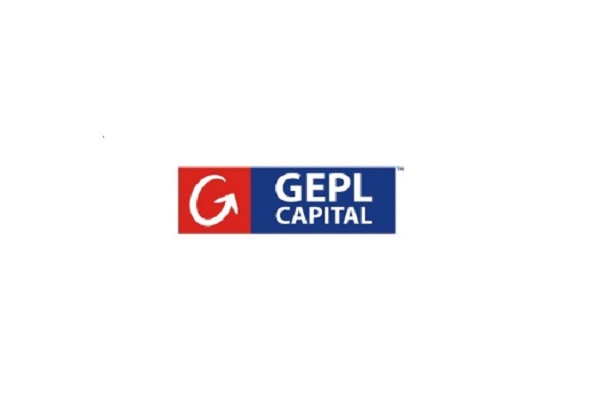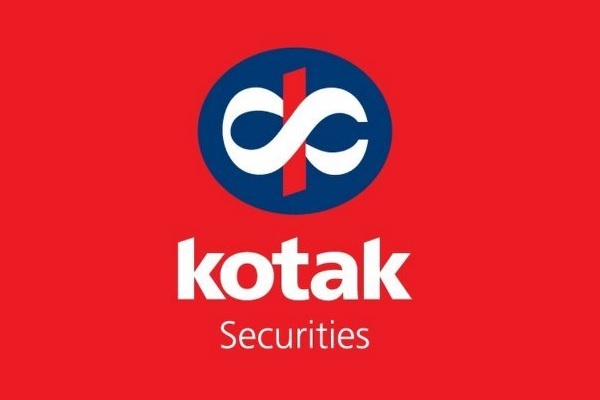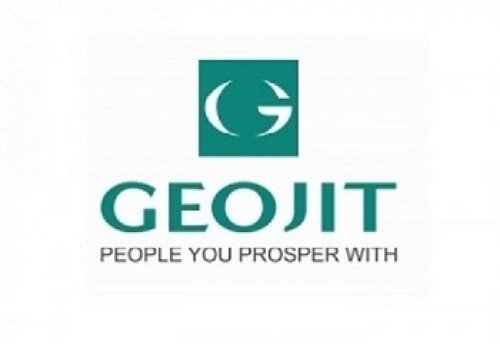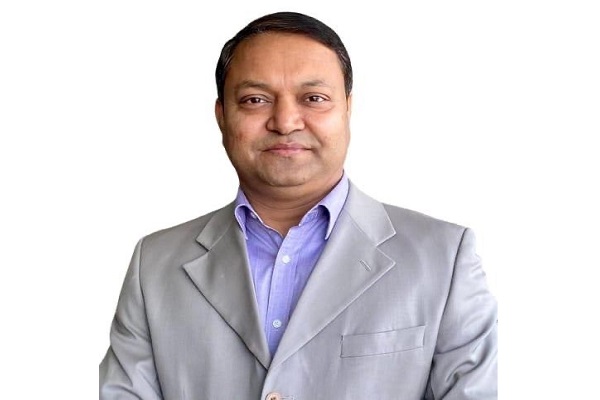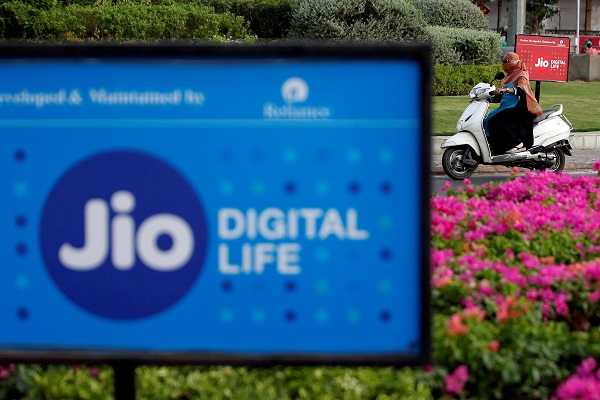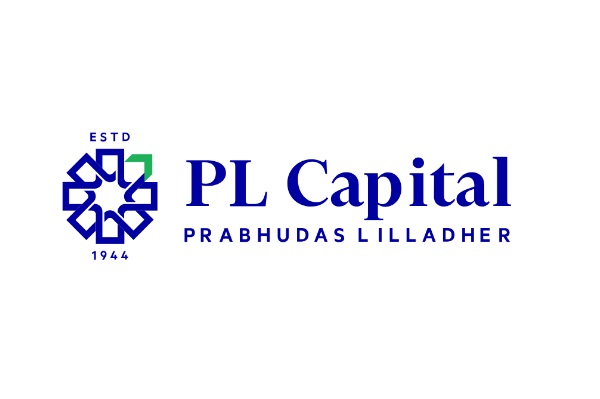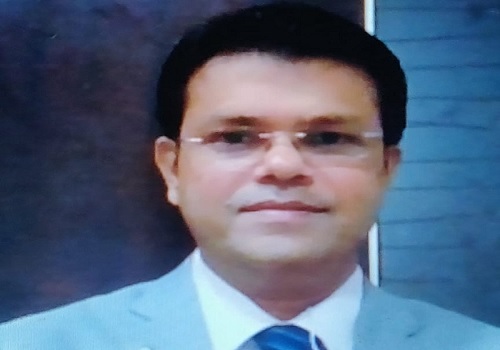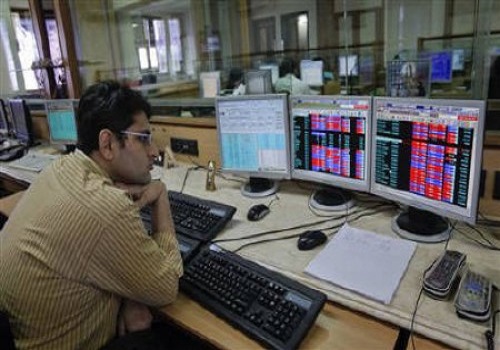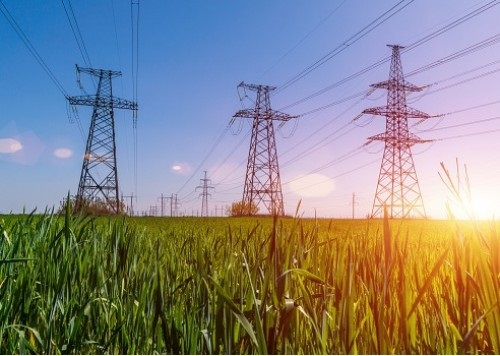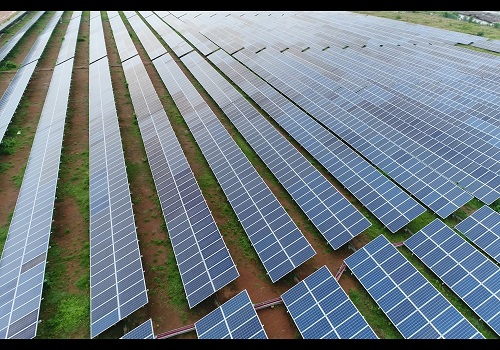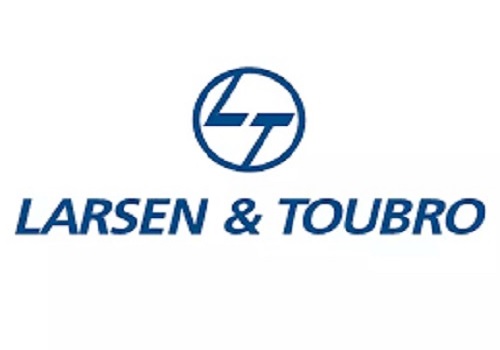Buy Power Finance Corporation Ltd for the Target Rs. 485 by Motilal Oswal Financial Services Ltd
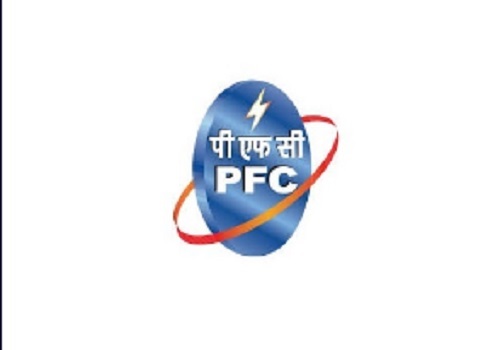
Structural growth intact despite near-term recalibration
We interacted with Power Finance Corporation (PFC) to understand the company’s revised growth outlook, evolving sector dynamics and asset quality trends. Here are the key takeaways:
* PFC has recalibrated its growth guidance to ~10-11% for FY26, reflecting a more cautious yet sensible approach to financing in India's evolving power sector. This calibration in loan growth guidance from the previous higher growth expectations is primarily driven by significant technological transitions in energy generation and changes in the landscape of government support schemes. This strategic moderation in loan growth aims to ensure growth without incurring excessive balance sheet risks.
* The company highlighted that energy transition from coal to renewables is fundamentally altering the nature of power-sector lending, with solar PV now gaining wide acceptance. Further, battery storage is emerging as a key enabler for integrating renewables into the grid, with government mandates now requiring two-hour storage across all new tenders.
* PFC highlighted that government schemes, like LPS, LIS, and RDSS, have been major growth drivers in recent years. However, the landscape is shifting as LPS and LIS have concluded, and the RDSS scheme is also set to end by the end of FY26, impacting the momentum of scheme-led growth going forward.
* PFC has significantly reduced its stressed asset portfolio, with Stage 3 assets declining from ~INR300-310b (at the peak) to ~INR110b over the last seven years. This improvement has been driven by the resolution of legacy thermal power projects and growing interest from strategic acquirers. Management shared that three key accounts, TRN Energy, Shiga Energy, and Sinnar Thermal, are in the advanced stages of resolution, either through one-time settlements or the NCLT process.
* We expect a CAGR of ~12%/8% in AUM/PAT over FY25-27E, with RoA/RoE of 3%/18% in FY27E. Our BUY rating on the stock is predicated primarily on undemanding valuations of 0.9x FY27E standalone P/BV, with favorable riskreward. Our SoTP (Mar’27E)-based TP stands at INR485 (based on 1.1x target multiple for the PFC standalone business and INR193/share for PFC’s stake in REC after hold-co discount of 20%).

Evolving energy technologies from coal to renewables
The power sector's investment landscape is being fundamentally reshaped by technological advancements, particularly the shift from traditional coal-based generation to renewables.
* From coal to solar PV: For a century, India's power sector relied predominantly on coal technology, with only minor efficiency improvements. However, solar PV, introduced in India around 2016, has rapidly gained acceptance. India has already achieved >200GW of non-fossil fuel capacity, with solar PV forming the largest component.
* Challenges of intermittency and the rise of battery storage: Solar PV is an intermittent power source, dependent on sunlight and not controllable like conventional power plants. This intermittency poses a challenge for maintaining base load and grid stability, a problem observed globally. To address this, there is a global shift toward integrating renewables with energy storage solutions.
* Battery storage as the new frontier: Battery storage is increasingly preferred over pumped storage projects (PSP) due to its greater flexibility, as PSPs require specific geographical locations and water reservoirs. Government guidelines now mandate the inclusion of around two hours of battery storage in every new renewable tender, signifying a new phase for renewables where every new capacity addition is expected to incorporate storage.
* Maturity curve of battery storage: Despite reduction in tariffs and support from schemes like viability gap funding (VGF), the overall ecosystem for battery storage requires time to mature, and large volumes of battery storage projects are still in the evaluation stage, which limits immediate financing opportunities.
Government schemes in the distribution sector nearing completion
* Government schemes have been key growth drivers in the distribution sector in recent years. However, major initiatives like the late payment surcharge (LPS) and liquidity infusion scheme (LIS), which previously supported momentum, have largely concluded.
* Revamped distribution sector scheme (RDSS): The ongoing RDSS focuses on milestones such as smart metering and substation upgrades. However, the tendering process for RDSS projects is time consuming, and the release of government grants is contingent upon awarded tenders, leading to a slower momentum. The scheme has a sunset date of 31st Mar’26, and its future beyond this date is uncertain without an explicit extension from the government.
* No new formalized support packages: While there is an ongoing focus on supporting DISCOMs, no new formalized financial packages have been announced beyond existing initiatives like RDSS and RBPF.
Broader power sector dynamics and future outlook intact
* Mixed investment drivers: Unlike periods driven by a single dominant segment, the current power financing landscape is a mixed bag of opportunities. Renewables, especially with integrated storage, are expected to be a major contributor, alongside conventional generation and distribution.
* Conventional generation plans: The government has announced an 80GW plan for an additional conventional (coal) capacity to ensure reliable power during the integration of renewables with storage. While a significant portion is being undertaken by NTPC (25-30GW), the remaining part is in the planning stage and open for financing by other lenders offering a medium-term opportunity.
* Transmission sector: The transmission sector is not a major growth driver for PFC, primarily because Power Grid Corporation of India (PGCIL) has a strong balance sheet and can raise funds independently at competitive rates.
* Temporary demand weakness: The current weakness in electricity demand is considered temporary, driven by unusual weather patterns, unseasonal rainfall in some regions, and an imbalance where projected peak demand did not materialize, leading to excess supply. However, long-term electricity demand growth remains strong at 6-7%, supported by structural growth drivers.
* Future growth potential: PFC’s FY26 loan growth guidance of ~10-11% reflects a transitory phase. If battery storage matures or fresh DISCOM schemes are launched, loan growth could accelerate. The long-term power sector outlook remains structurally robust.
Declining policy rate environment to weigh on margins
* With a ~100bp repo rate cut, PFC may face a minor compression in spread and NIM, as assets could reprice faster than liabilities. However, the company aims to keep the spreads/margins largely steady. About 70% of borrowings are linked to a fixed rate, while only ~30% are linked to a floating rate, which will benefit from rate cuts.
* The company shared that a one-third of the loan book resets annually on both the asset and liability sides. The company has guided for spreads of 2.5% (vs. ~2.6% currently) and expects a minor compression.
Asset quality continues to improve driven by stressed asset resolution
* PFC has made strong strides in improving asset quality, particularly through the resolution of legacy stressed thermal assets. Stage 3 assets have significantly declined from INR300b-310b (at its peak) to ~INR110b, driven by a supportive demand cycle and renewed interest in thermal assets from strategic buyers.
* TRN Energy and Shiga Energy: These two projects are in the advanced stages of resolution. An in-principle approval for their restructuring plan has been obtained, and documentation is currently underway. While negotiations are ongoing, the focus is on achieving a one-time settlement with the promoter rather than merely extending the tenor. Barring unforeseen delays, there is a strong likelihood of resolution of TRN Energy within the next 3-6 months.
* Sinnar Thermal: This project is currently in the NCLT, where the bidding process is ongoing. One part of the bidding has concluded, and evaluation is in progress.
* Liquidation and provisioning: About 20% of the NPA portfolio is under liquidation. For these assets, PFC has already made 100% provisioning, meaning there is nothing further to be provided for, and any future recovery from the liquidation process would be an upside.
* There are specific cases, like BlueSmart (e-mobility), which are ‘isolated events’ and not indicative of a broader industry-wide risk or problem with the underlying technology or model. In Gensol, PFC had encashed FDs held as security in Apr’25, leading to some recoveries. For the remaining exposure, 100% provisioning has been done on Gensol.
Valuation and view
* For PFC, we expect a CAGR of ~12%/8% in AUM/PAT over FY25-FY27E, with RoA/RoE of 3%/18% in FY27E. There are some upside risks to our estimates based on the quantum of write-backs from the resolution of stressed assets. Trading at a FY27E P/BV (standalone) of just 0.9x, PFC is significantly cheaper than its power sector peers, despite having ROE potential of ~18-19% over FY26- 27E. The company’s strategic focus on high-yielding loans to DISCOMs and other state-backed initiatives ensures stable profitability, even as it continues to scale up its RE financing.
* Our BUY rating on the stock is predicated primarily on undemanding valuations of 0.9x FY27E standalone P/BV, with favorable risk-reward. Our SoTP (Mar’27E)- based TP stands at INR485 (based on 1.1x target multiple for the PFC standalone business and INR193/share for PFC’s stake in REC after hold-co discount of 20%).


For More Research Reports : Click Here
For More Motilal Oswal Securities Ltd Disclaimer
http://www.motilaloswal.com/MOSLdisclaimer/disclaimer.html
SEBI Registration number is INH000000412
